Session 2, Week 4
Acton Academies claim to be starting a revolution. A revolution that is “Turning learning upside down.” What does it mean to turn learning upside down? It means creating a learner driven environment. An environment where the learners, not the adults are in charge. An environment where there is freedom within large boundaries. An environment where the learners are leading their own education. So what exactly does that mean? Here are some actual examples from this week of what a learner driven environment looks like…
In the Spark Studio… a learner driven environment looked like the heroes planning and executing their own Halloween party.
During CHOICE work cycle on Monday the heroes were decorating their studio and preparing festive activities for their own Halloween party. Some activities were simple and some were elaborate.
Some activities had verbal instruction (that may have changed each time it was played), and some were organized with written instructions and tracking sheets. All the plans were created through the passion of the heroes.
Before the party started the heroes decided to take turns explaining what activities they had planned. The amount of time it left for the party was short, but they were so invested in their activities that it was worth it.
It doesn’t have to be a party for the heroes to be excited, invested and take the lead in their learning. Tuesday we started exploring forests. We looked at a few examples of tree crafts and were given the open ended challenge to create a tree. Many heroes were captivated by fractal trees and used it to design a tree.
Other heroes thrived with the freedom to explore creative ways to complete the challenge.
In the Spark Studio, a learner driven environment is one where the young heroes have freedom within boundaries to follow their passions, lead their own activities, make their own decisions, and live with their consequences.
In the Fire Studio…the heroes are older, their boundaries are bigger and their freedoms are greater. The learner driven environment adds new levels of complexity.
The current policy for participating in the end of session final GRIT challenge is a hero must participate in and record at least 80% of their morning GRIT challenges. Due to the slam of sickness the past weeks, a hero suggested adding in sick day allowances or make ups in some form. Many heroes spoke for and against this idea, and many offered ideas of how to amend the policy.
The final vote was nearly unanimous in support of excluding sick days from the final percentage calculation, but only if the sick days are marked off by the Running Partner on the day heroes return to school. It was a beautiful balance of everyone’s concerns and opinions, achieved without adult oversight.
In a learner driven environment, the older the heroes get, the more they take responsibility for their own learning. During math games on Thursday, rather than an adult putting children in a group where the adult thought they belonged, the heroes self selected into a math group based on where they themselves thought they belonged. The heroes really enjoyed their math games and were playing with other heroes remarkably close to their same level.
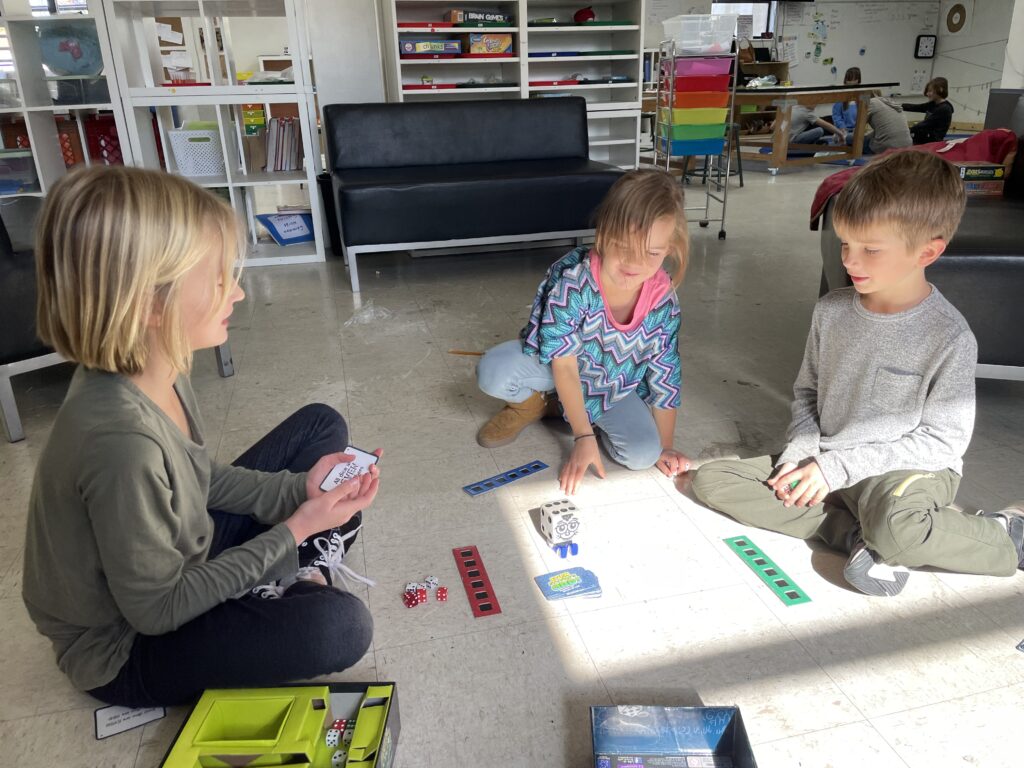
Wednesday this week was a U.S. geography game day. Last week the heroes were given 4 categories with various challenges in each category. Their ticket to the game day was to complete a certain amount of challenges in each category. When game day arrived, those who had completed the challenges really enjoyed their games. Those who hadn’t, went straight to work finishing their challenges. Not one single hero complained. There wasn’t one “I was absent so…” or “This was hard so I couldn’t…” They own their learning.
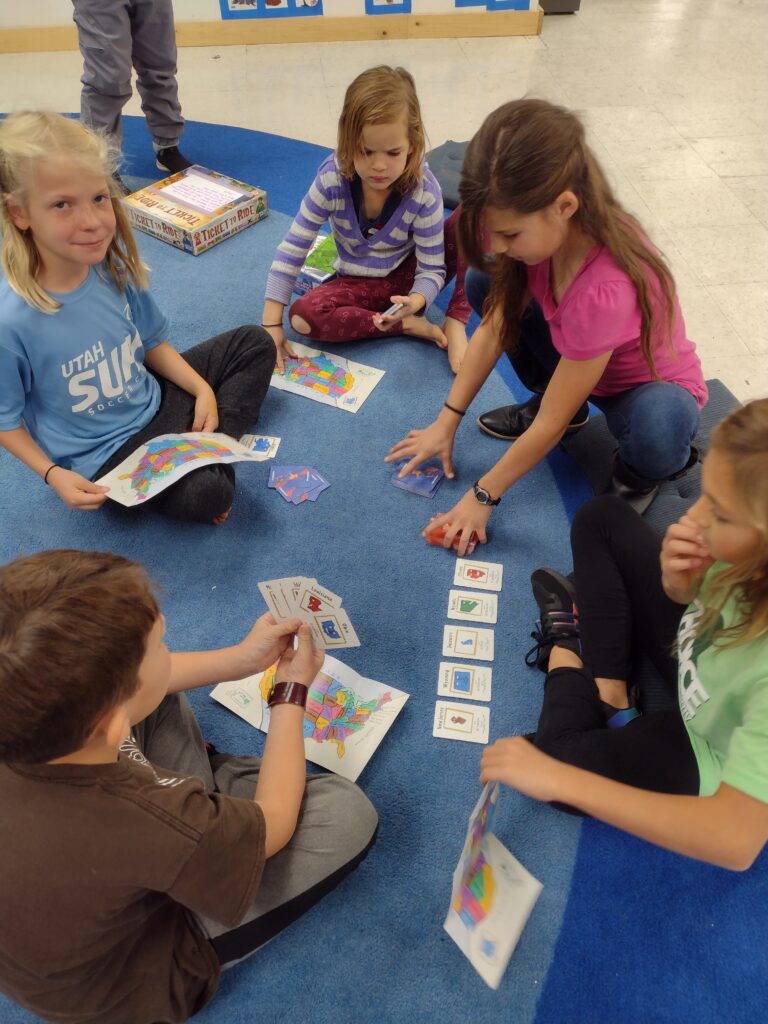

In a learner driven environment, the older the heroes get, the less adults are needed. I ran upstairs during Studio Maintenance and stayed longer than expected. When I returned this is what I found:
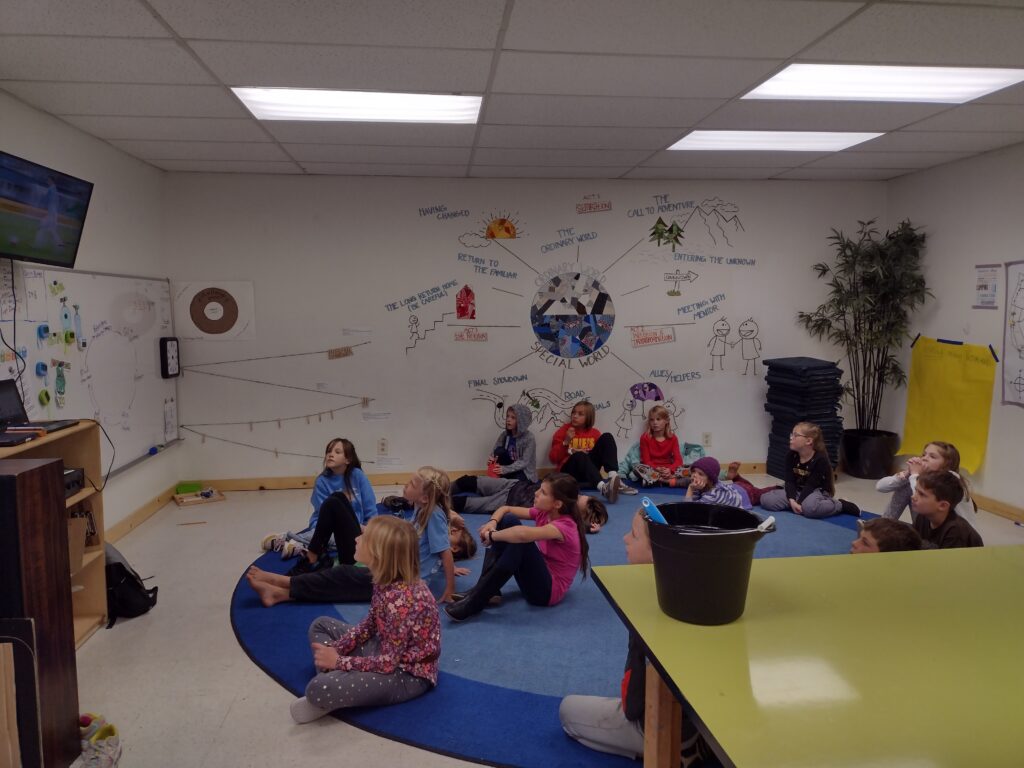
A learner driven environment looks very different from traditional learning:
Learners choose where they read during D.E.A.R. Heroes love D.E.A.R. and it is dead silent!
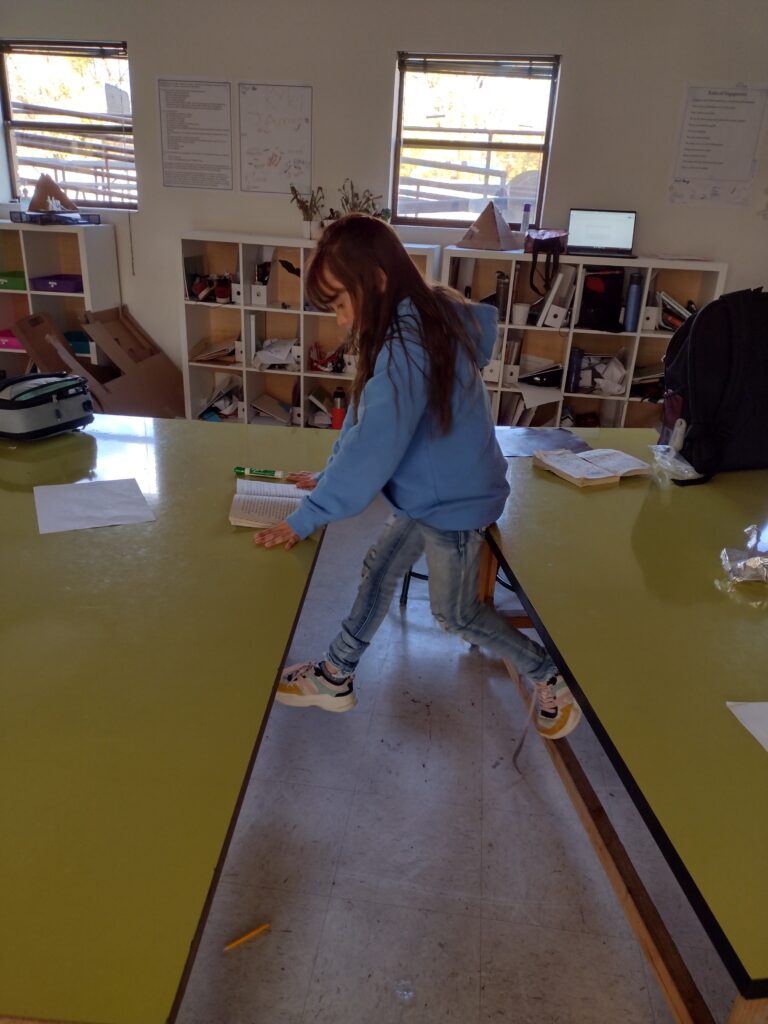
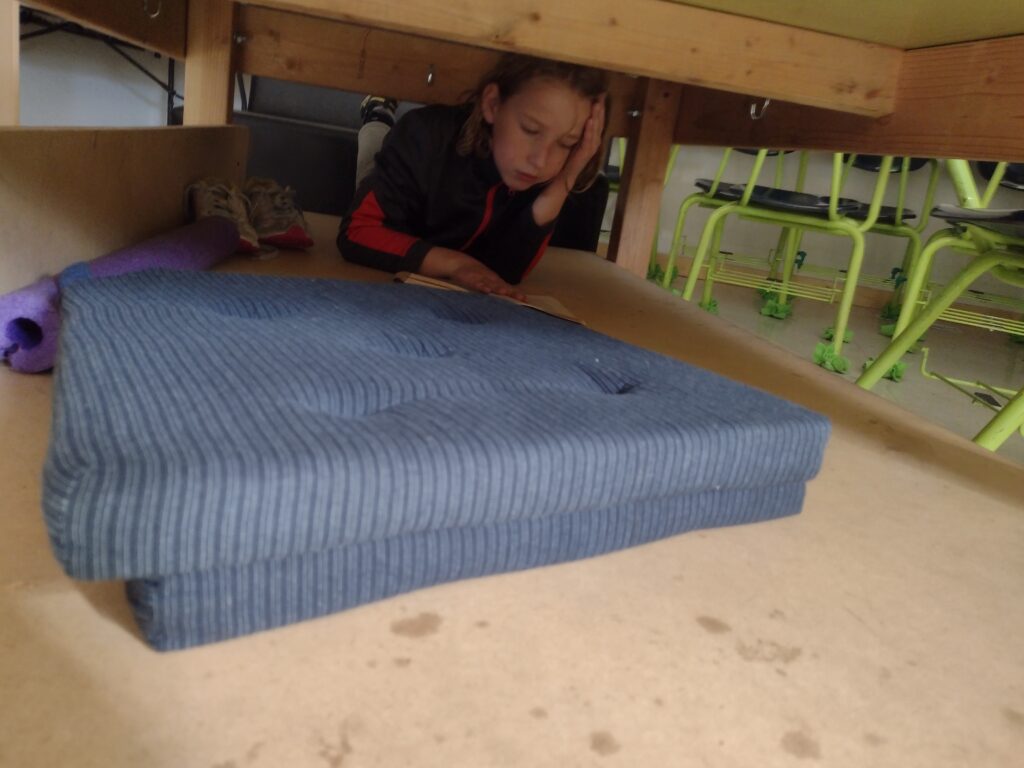
Leaners choose what to create with the art supplies given.

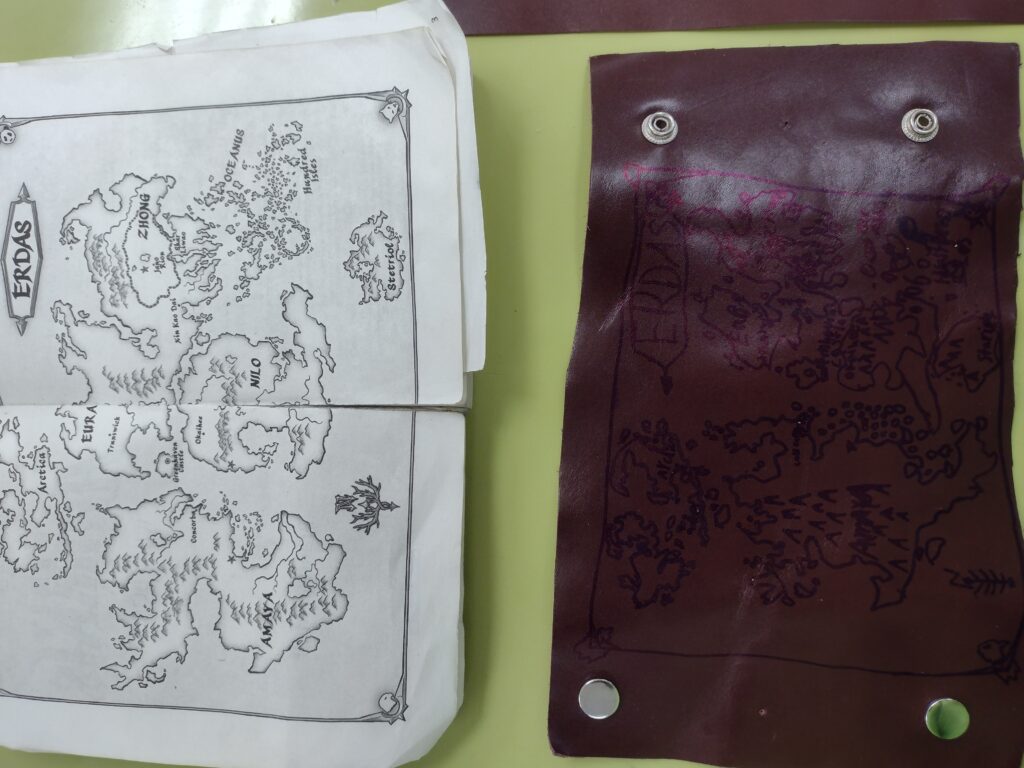
And of course, the Fire Studio planned their own Halloween party! On Thursday before Halloween, a hero suggested a Halloween Party the following Monday and several heroes volunteered their lunch hour to plan the event. When the couch-area meeting was feeling unproductive, a leader suggested moving to the discussion rug, using the white board, and following their established Rules of Engagement to improve communication. Soon the planning was underway!
After a brainstorm of activities, the group split into committees to plan further details. One hero was the scheduler, other heroes formed the snack committee, game committee, and movie committee. They negotiated how to divide their budget and time, and how to divide assignments.
And on Monday…the Fire Studio had a fantastic Halloween costume party, complete with spooky BINGO, a fun film, and lots of snacks. They enjoyed their learner-designed celebration, all with the added confidence of executing a successful event without any adult intervention.
In the Middle School…the heroes hardly need us adults (although we really enjoy them so we are sticking around!) Due to many sick guides, the MS heroes ran their studio without an adult present many times this week. When I peeked in every so often, this is what I found:
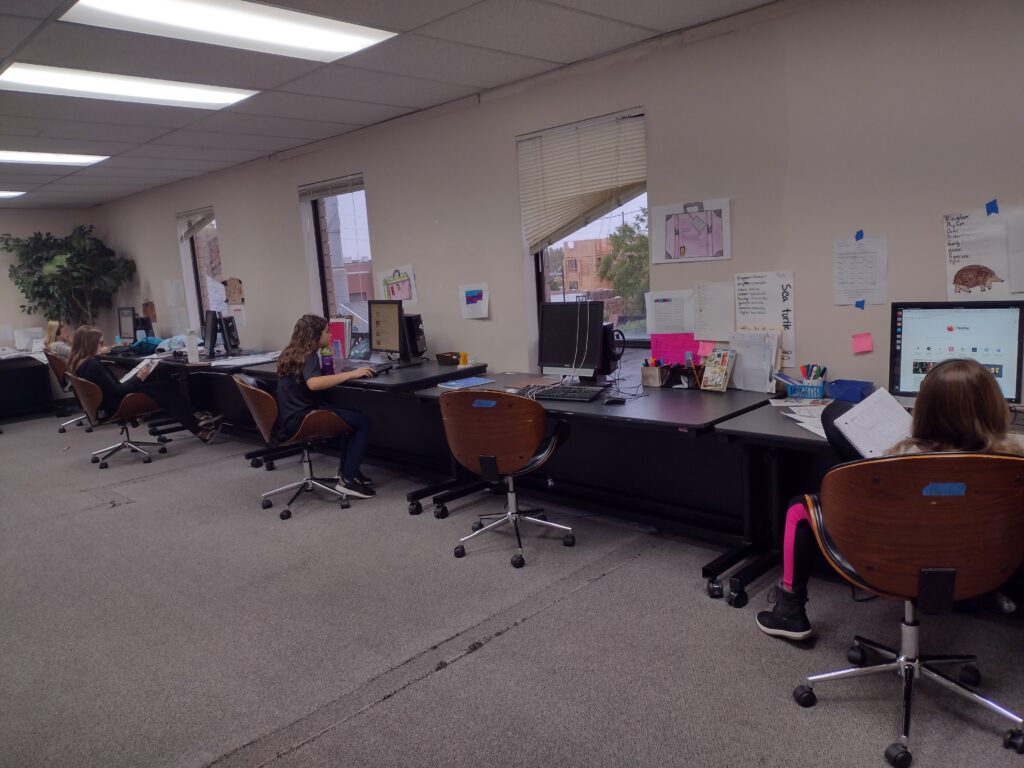

A learner driven environment is one where the learners take responsibility for their own learning and thus learning occurs whether or not an adult is present.
One of the jobs still assigned to the guides, is to set the daily schedule. So, we gave the MS the time frame for their Halloween party and we sat back and watched what they created! Their ability to plan and execute events is remarkable!
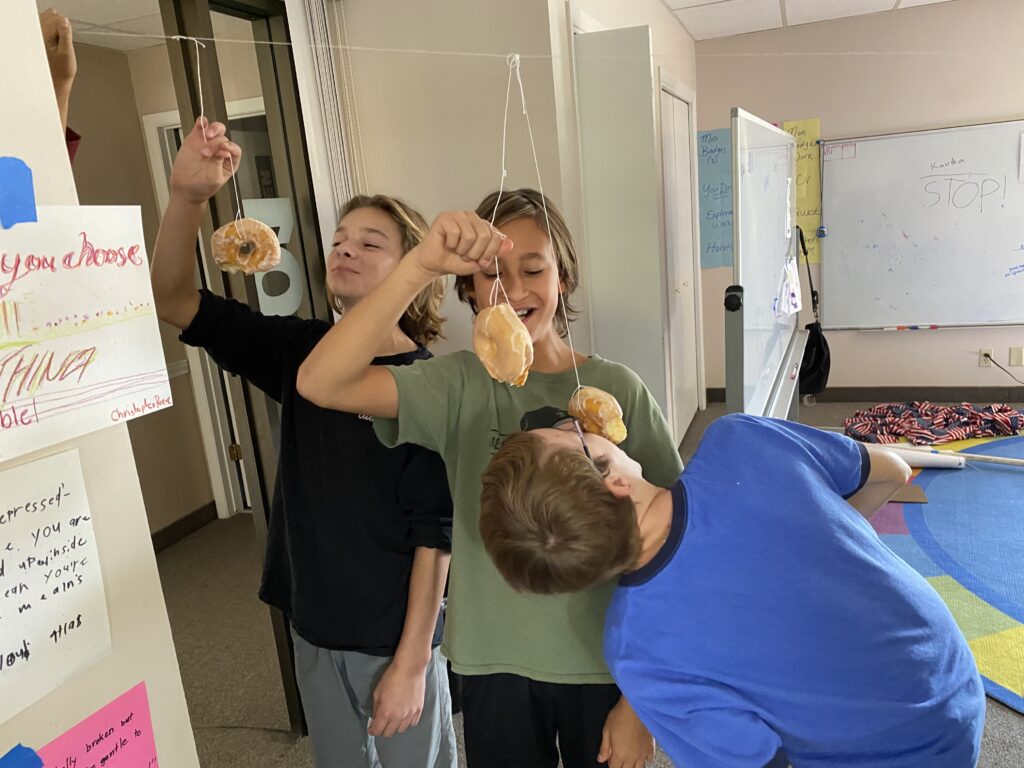
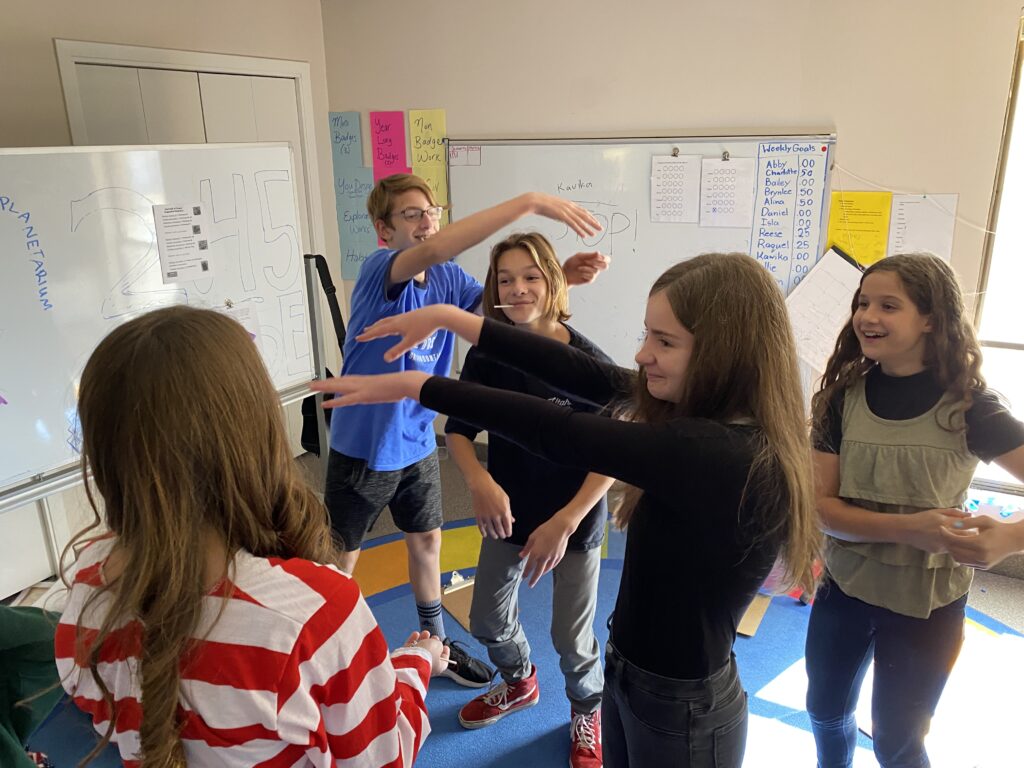
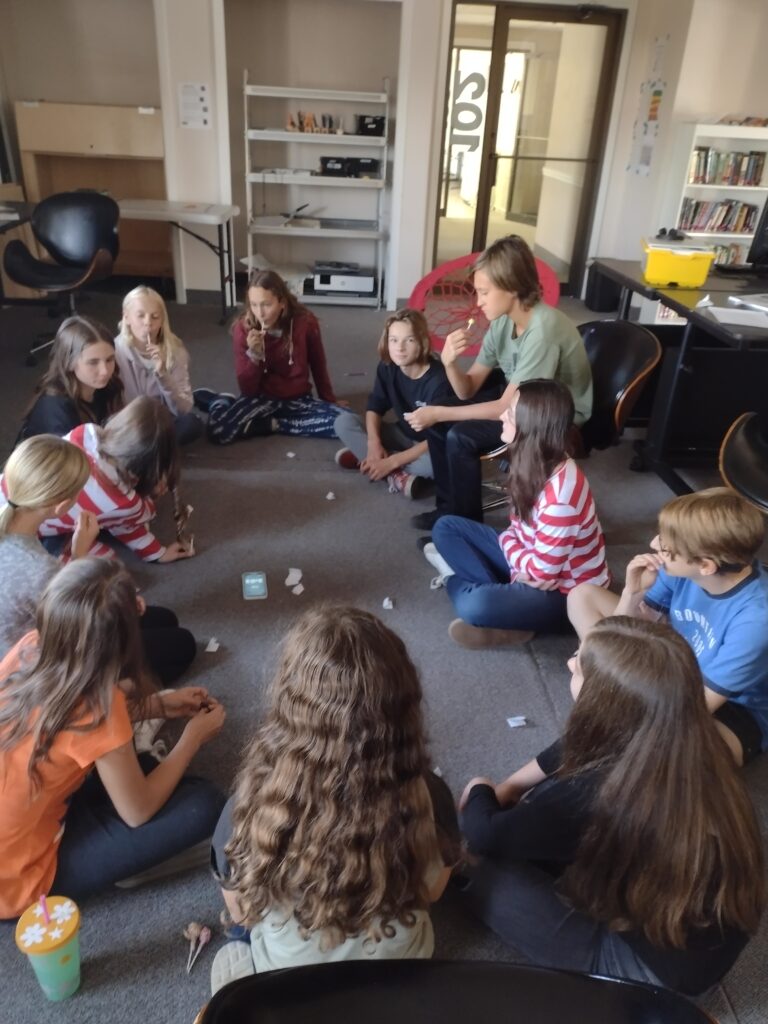
While planning and executing a Halloween party is fun, other parts of a learner driven environment are much harder. Deciding how and when to hold one another accountable is very challenging. Two different times this week, the MS engaged in heated, heart-felt and meaningful discussions. The first discussion was whether or not a group of heroes should be allowed to participate in a postponed learning activity. Some heroes had not met the deadline, but since the activity had to be postponed, they now had time to complete the work. The question was what is more important: learning that there are deadlines and sticking to them or being able to gain the knowledge and experience from a learning activity? There wasn’t an easy answer. Both sides had valid arguments. Having the opportunity to raise the question, consider both sides of the argument and come to a decision with real consequences is what a learner driven environment looks like. Not once, did any of the heroes reach out to an adult for their approval. Later in the week, another hot discussion arose as to what was allowed on the computer. Was a certain activity considered not using the computer as a tool for learning and thus a certain hero should have imposed consequences? OR Was the certain activity within the realm of quest learning and the hero would earn the natural consequence of not finishing their quest challenges. This discussion ended in tears. What a great opportunity to have real control over their environment.
Young people are so very capable. When given freedom within boundaries, they are capable of so much more than we realize. I love being part of a community where we are “Turning learning upside down” and we get to experience the accompanying joy and growth every day!
